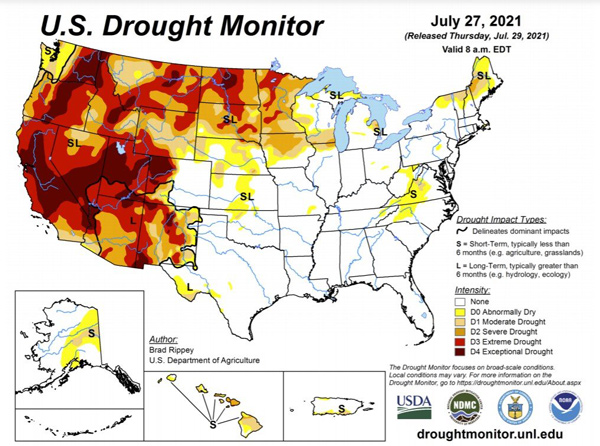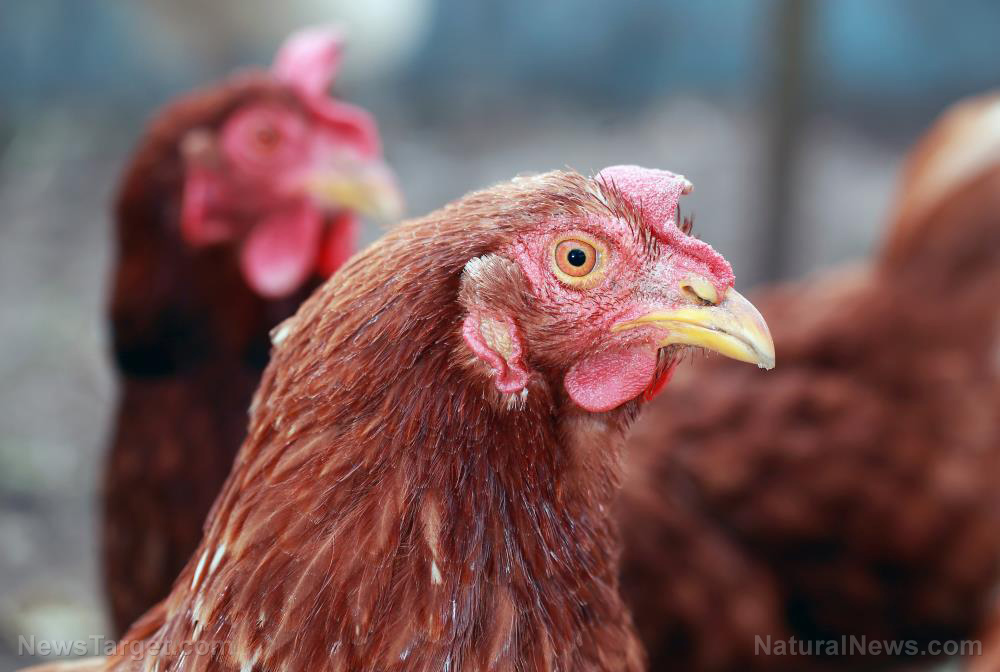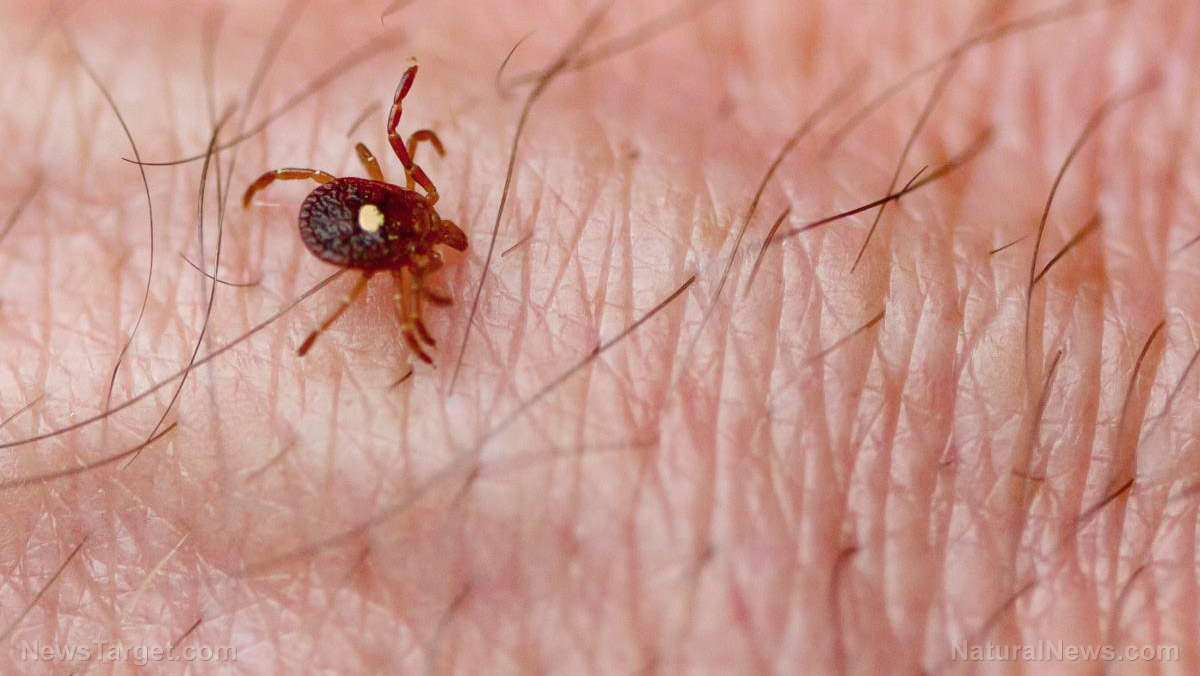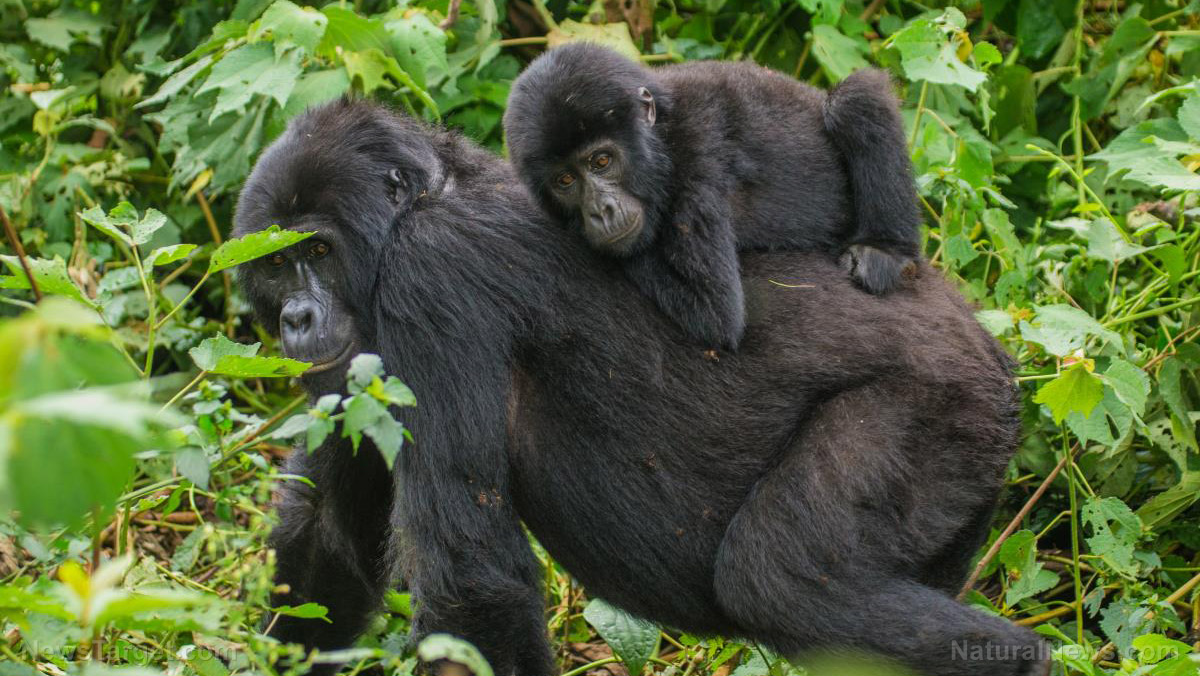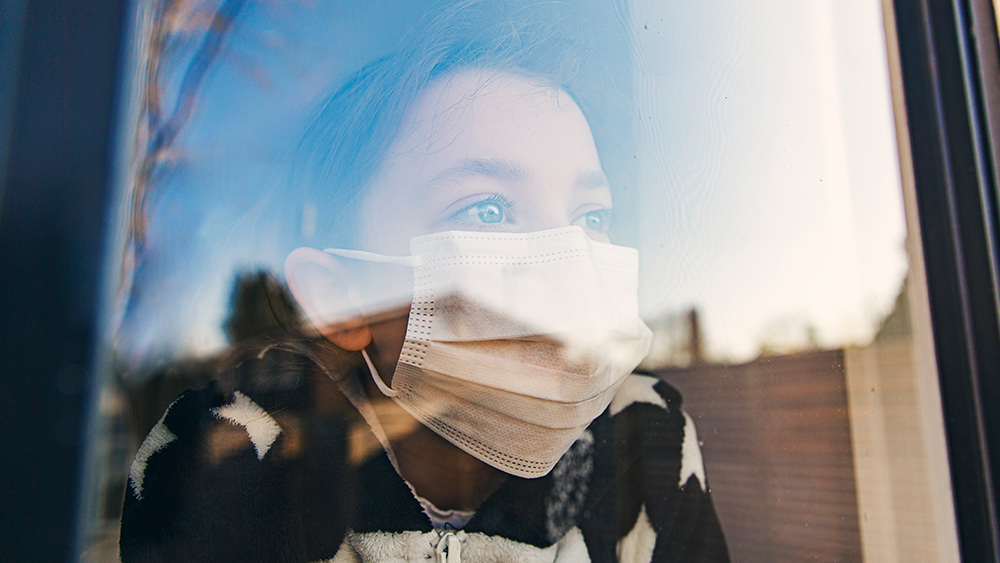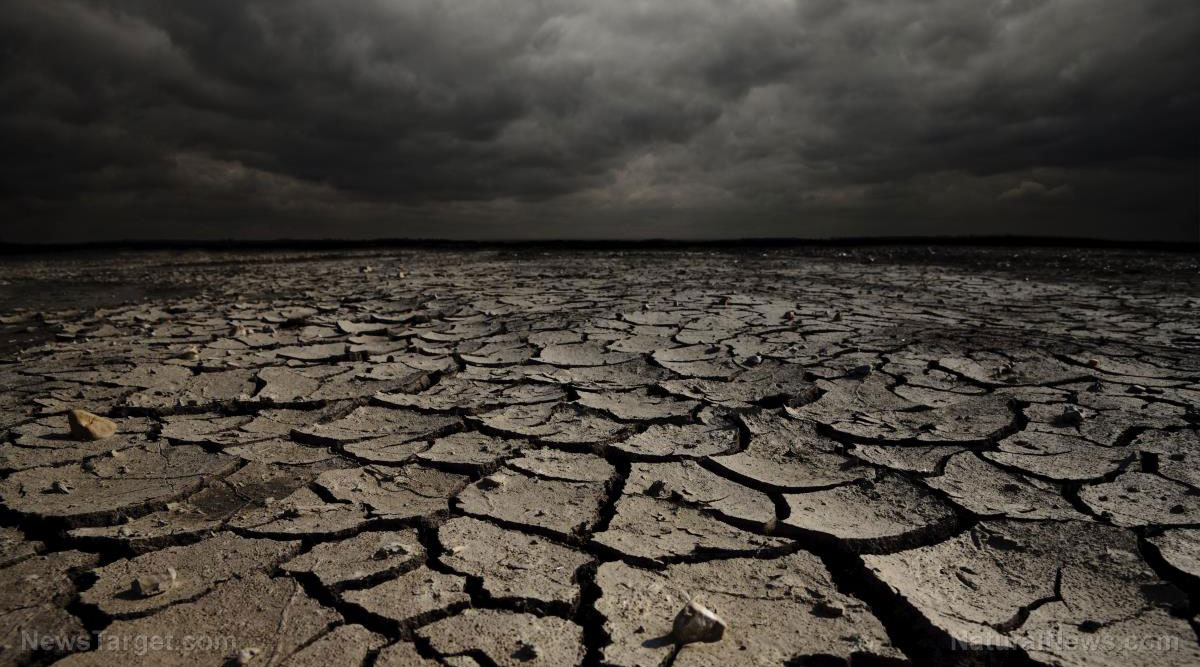Not to be a party pooper, but your birthday balloons are killing marine life
07/17/2019 / By Cassie B.

Balloons have a way of making every occasion seem more festive, but if you don’t keep them contained, marine life could pay the ultimate price for your celebration.
Experts are warning about the dangers of balloons, which are made of soft plastic that is easily swallowed by birds and other marine life who mistake the floating fragments of balloons for food. Because it’s so soft compared to other types of plastic, it’s more likely to become compacted and create blockages.
In a study that was published in the journal Scientific Reports, scientists from the University of Tasmania discovered that when a sea bird ingests a single piece of plastic from balloons, it has a 20 percent chance of dying. When it ingests nine pieces, its chances of death rise to 50 percent, while the chances are 100 percent after consuming 93 pieces.
Moreover, they found that while hard plastic may account for the bulk of the debris ingested by these animals, soft plastics are far more likely to kill them. Soft plastics made up just 5 percent of the items that were ingested in the study but were responsible for over 40 percent of the deaths. In addition to causing fatal blockages in the gastrointestinal tract, it can also lead to infections and other complications.
Sea turtles are also suffering. Although hard plastic fragments can pass through their guts rather quickly, soft plastics are compacted easily.
While not all balloons are made of plastic like the Mylar ones, other materials can be just as bad. Some people think that balloons made of latex must be harmless because it’s natural, but latex can last for as long as four years in the marine environment. Metallic balloons, meanwhile, have been known to cause power outages.
Even one stray balloon is problematic, but at many celebrations, many balloons are released into the environment at once. They end up as litter on the ground, in trees, and in waterways; those with strings can choke and entangle marine life and birds as well as other types of animals.
Balloons going the way of plastic straws?
Some are calling for balloons to be banned much like plastic straws. Last year, Clemson University decided to end its 30-year tradition of releasing 10,000 balloons into the air at football games. The island town of New Shoreham, Rhode Island, has banned the selling, use and distribution of balloons. States like Florida, Virginia, Connecticut and California have laws on the books that restrict balloon launches.
Enjoy balloons responsibly
If you’re convinced your next party just won’t be the same without balloons, The Balloon Council offers up some smart balloon practices that can help minimize the impact these items have on the environment.
First, they suggest that every balloon you inflate should be tied securely to a weight that is heavy enough to keep them from flying away. Each balloon should be tied to the weight individually rather than all at once. That way, if they do somehow get detached, they will be single balloons instead of floating in tied-together clusters that are more likely to get tangled up in power lines.
They also point out the importance of disposing of popped and deflated balloons properly. Children can suffocate or choke on pieces of popped balloons, so adults should always monitor children when they are playing with them.
Of course, the best approach is to avoid balloons entirely and get creative with some environmentally-friendly party decorations that you can use year after year to add that festive touch you desire without harming the environment.
Sources for this article include:
Submit a correction >>
Tagged Under:
aquatic ecosystems, balloons, decorations, Ecology, entanglement, environ, environment, latex, marine life, mylar, mylar balloons, party, sea birds, waste, wildlife
This article may contain statements that reflect the opinion of the author
RECENT NEWS & ARTICLES
COPYRIGHT © 2017 ECOLOGY NEWS

